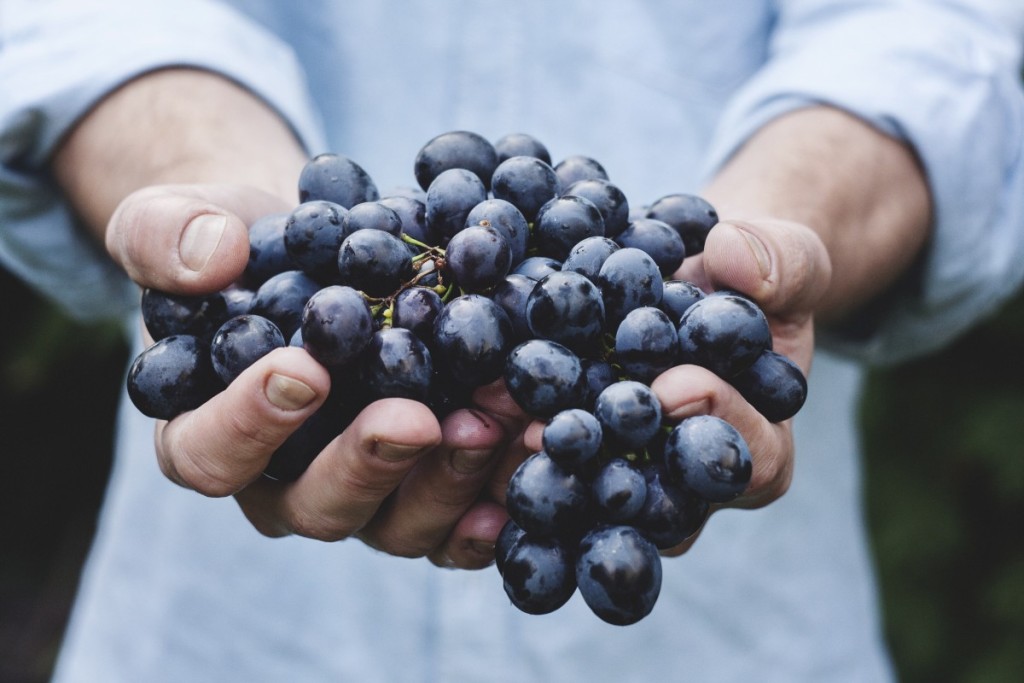
#337
WINE BUZZWORDS - DECODED
06 Apr 2016 By David Fuhrmann-Lim
Wine speak can be confusing at best. At worst, it’s infuriating enough to turn you away from the stuff altogether. If you’ve ever scratched your head over tasting notes like big or minerally, you’re not alone. It’s okay, we’re here to help.
BY ALISON SPIEGEL
Jack Chester, owner of Brooklyn’s Free Range Wine & Spirits, confirms what we’ve all been thinking: People toss wine terminology around all the time without truly understanding it. We spoke to Chester and a couple of other wine experts to get the lowdown on some of the most commonly used buzzwords and what they actually mean.
A helpful place to start when approaching tasting notes and descriptions is to determine whether they refer to flavor or texture, Sam Timberg, VP of sales and managing director of South African wine importer Meridian Prime, suggests.
① Minerally (flavor)
“To me, minerally flavors are distinct flavors that are often tied to strong flavors that are distinctly not fruity or earthy: graphite in a Bordeaux blend, wet stone in a Sauvignon Blanc, slate or charcoal in a Syrah. These flavors, while typically not dominant, add complexity and depth to wines.” —Timberg
“This lean, stony characteristic in wine is a descriptor of nonfruit or floral notes in wine. It usually tends to be related to the soil type that the wine was grown on, whether flint, gravel or chalk, although sometimes a saline note can be associated with it as well. It is most often talked about in relation to whites, but there are reds from specific terroirs that can have this stony note.” —Wine writer and brand consultant Sarah Bray

② Earthy (flavor)
To begin to understand what earthy means, you need to think about it as location specific, Chester says. Bordeaux might be funky tasting if it’s described as “earthy,” while Burgundy might elicit the “smell of fallen leaves.”
Bray elaborates: “Think of the smell of wet leaves on a forest floor, of mushrooms, of turned soil. This characteristic in wine points toward what is called ‘development,’ or the period in a wine’s life when it loses those youthful, fresh fruit notes and starts to evolve.”
③ Fruity (flavor)
“Fruity wines are the easiest to pick out for budding wine drinkers, since the flavors are so familiar. Cherry, blueberry, grapefruit, etc. When people talk about liking fruity wines, they are often showing a preference for a slight sweetness to a wine—the fruitier the sweeter often.” —Timberg
④ Big (texture)
“I describe tannins in wine by thinking of making tea with a tea bag. If you were to drink just hot water, the water would have no grip in your mouth, that is to say your tongue wouldn’t dry out, nor would it stick to the roof of your mouth. If you were to drop a tea bag into hot water for a few minutes, you would start to perceive the tannins in the tea (the same compounds found in wine), and they would start to dry out your mouth and make your tongue stick to the roof of your mouth. Now imagine putting four tea bags into hot water for 10 minutes. The resulting brew would be incredibly astringent, and your palate would immediately dry out due to the presence of loads of tannins. That is the equivalent to a big wine. Lots of gripping tannins. Big wines often become more approachable as they age.” —Timberg

⑤ Jammy (texture)
“Jammy wines are made from grapes that are often left to ripen on the vine for an especially long time (or with sugar added), to a point that the sugar levels are especially high. The resulting wines often have a much fuller texture on the palate—closer to molasses than water. I frequently think of jammy as pejorative in wine.” —Timberg
⑥ Buttery (texture)
“This is a characteristic that oak can impart, but it is not synonymous with oak, which used judiciously can impart more structural and spicy components, but when used for flavor results in a creamy, unctuous feeling in the mouth. It is most often used in connection with New World Chardonnay from certain producers and areas.” —Bray
It’s important to note that these descriptions are more guideline than fact. “It’s funny how hard some of these terms are to define,” Timberg says. “We use them all the time, and I know what other people mean when they use them, but drilling down to what we really mean can be a challenge.”
Ultimately, Chester explains, the problem with these ubiquitous but often misunderstood terms is that people who don’t know any better may automatically assume they indicate something inherently positive or negative about a wine. Words might be viewed as derogatory when they shouldn’t be. In fact, these buzzwords are nothing more than subjective descriptions. And isn’t that just what a buzzword is? A catchall phrase that conveys an underlying message but in truth holds very little substance?
So what are laymen to do if they can’t use these descriptions unless they truly understand them? What’s the solution?
“The solution,” Chester says with a smile, “is me.” And he’s right. The best way to understand the wine you drink and better get to know the wine you like is by talking to the pros and, well, by drinking. It’s been said before, but it couldn’t be truer when it comes to buzzy terminology: The importance of your local wine store cannot be overstated. So next time you reach for or get turned off by a buzzword you don’t totally understand, try talking it out with the sommelier and your local seller. They’ll have a lot to say, and it may actually be meaningful.
Read it at Tasting Table
Like this? Get your wines delivered in under one hour

You might be interested in...
PROWINE SINGAPORE 2024
This is What You Should Look Out For at The Upcoming Prowine Singapore 2024, Which Will be Held From April 23 to 26 at The Singapore Expo.
DRINK HERE: TAJINE
Here, You Can Pair Your Briouates and Mechoui with Moroccan-inspired Cocktails & Delicious Wine
VINEXPO ASIA 2023
Asia's Biggest Wine & Spirits Trade Show Finally Debuts in Singapore With The First-Ever Bettane+Desseauve Le Grand Tasting & Jurade de Saint-Émilion Gala Dinner
PROWINE SINGAPORE 2024
DRINK HERE: TAJINE
VINEXPO ASIA 2023